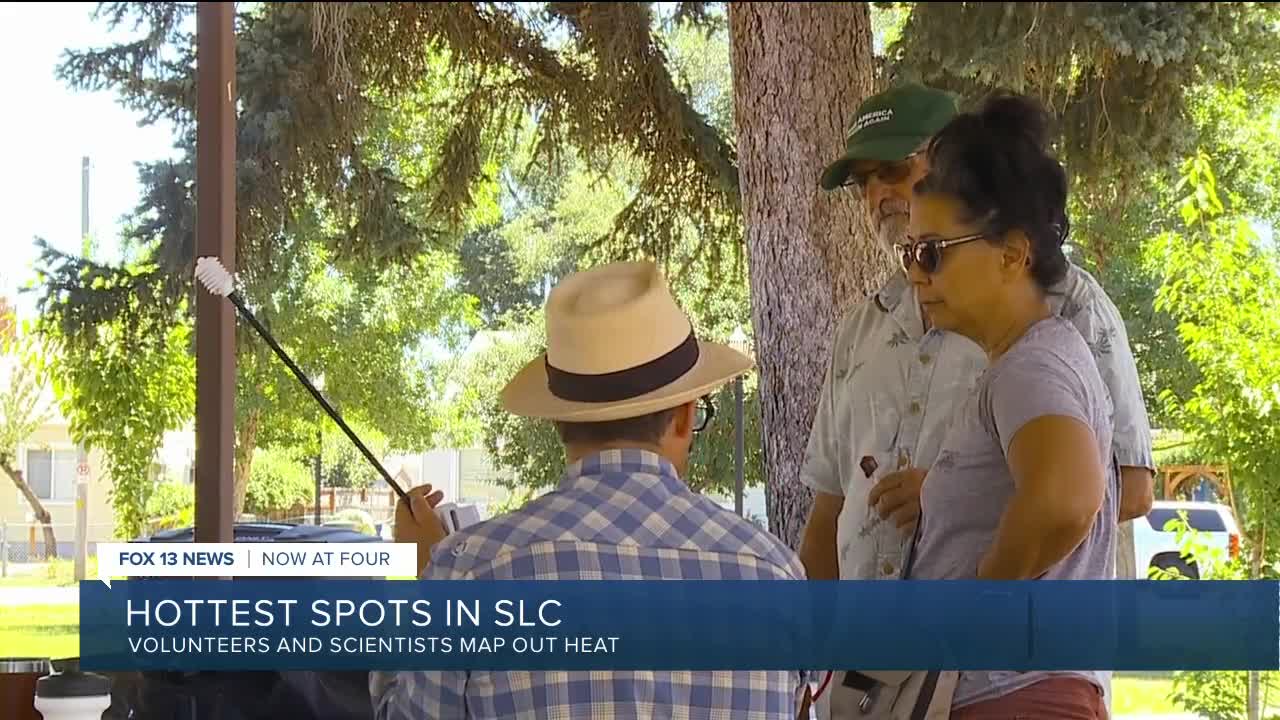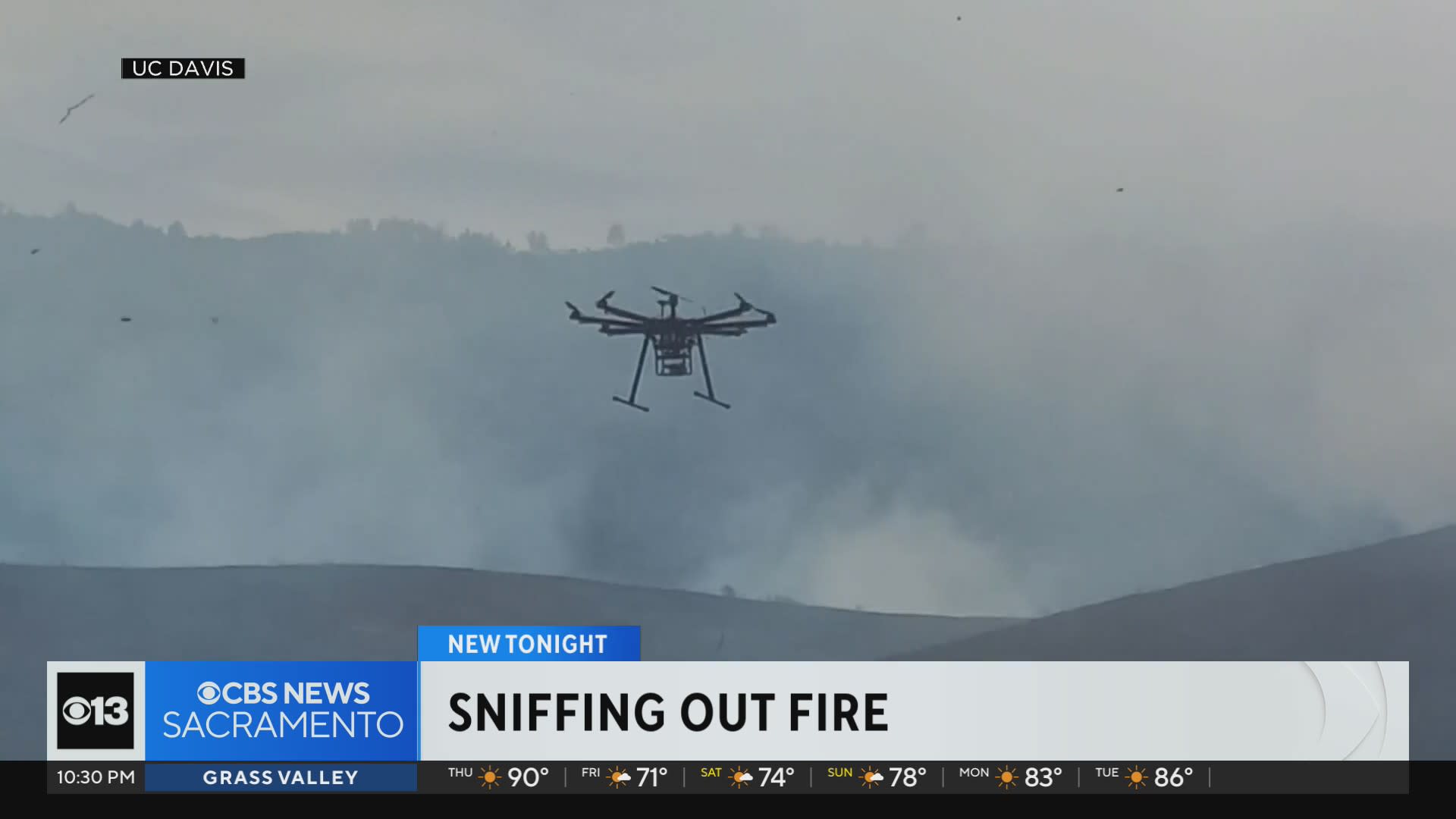In an effort to understand why cities tend to be hotter than surrounding areas, drones have been deployed to map temperatures in urban environments. These drones capture images and data that reveal temperatures as high as 150 degrees Fahrenheit in certain parts of cities. By mapping these hotspots, researchers hope to gain insight into the causes and implications of urban heat islands. This innovative use of technology allows for a comprehensive understanding of the heat patterns in urban areas and may aid in the development of strategies to mitigate the effects of extreme heat in cities.

Heading 1
Subheading 1.1
In today’s world, the impact of climate change is becoming increasingly evident, especially in urban areas. Cities are experiencing rising temperatures, causing discomfort and posing health risks to residents. One innovative solution that is helping to uncover the reasons behind these heatwaves is the use of drones. These flying devices equipped with thermal cameras are providing valuable insights into the temperature distribution across cities.
The drones are able to capture high-resolution thermal images, which reveal temperature variations in different parts of the city. This data can then be analyzed to identify hotspots, where temperatures are significantly higher than the surrounding areas. By mapping these heat islands, researchers and city planners can gain a better understanding of the factors contributing to urban heat, such as the density of buildings, pavement materials, and the lack of green spaces.
Subheading 1.2
Understanding the causes of urban heat is crucial for developing effective strategies to combat it. One common contributor to high temperatures in cities is the urban heat island effect. This phenomenon occurs when urban areas experience significantly higher temperatures than the surrounding rural areas, mainly due to human activities and the built environment. The use of drones allows researchers to gather detailed data on the extent and severity of these heat islands.
By analyzing the thermal images captured by the drones, scientists can identify specific areas that are most affected by the urban heat island effect. This information can then be used to inform urban planning decisions and help design more sustainable and climate-resilient cities. For example, city authorities can prioritize the implementation of cooling measures, such as green roofs, urban forests, and reflective pavements, in the areas identified as hotspots.
Heading 2
Subheading 2.1
The use of drones in mapping urban heat is not only limited to identifying hotspots. These innovative devices also offer the ability to track temperature changes over time. By conducting regular drone surveys, researchers can monitor how temperatures evolve in different parts of the city and assess the effectiveness of temperature mitigation strategies.
This continuous monitoring allows for real-time adjustments to cooling interventions, ensuring that they are delivering the desired results. For instance, if a particular area consistently shows high temperatures despite the implementation of cooling measures, it may indicate the need for additional interventions or modifications to existing strategies.
Subheading 2.2
In addition to temperature monitoring, drones can provide valuable insights into other aspects of urban heat, such as the impact on energy consumption. As temperatures rise, the demand for cooling in buildings also increases, leading to higher energy consumption from cooling systems. By mapping temperature patterns and correlating them with energy usage data, city authorities can identify areas with high cooling demands and devise energy-efficient strategies to meet these needs.
Furthermore, the data collected by drones can be used to assess the effectiveness of renewable energy installations, such as solar panels. By analyzing the temperature differentials between buildings with and without solar panels, researchers can evaluate the impact of these energy-saving technologies in reducing heat buildup and lowering energy consumption.

Heading 3
Subheading 3.1
The use of drones in mapping urban heat has the potential to significantly improve our understanding of the factors contributing to high temperatures in cities. This deeper understanding can inform policy decisions and urban planning strategies aimed at creating more sustainable and livable cities. By leveraging the power of technology, we can mitigate the impacts of urban heat and create a healthier and more comfortable environment for city dwellers.
Subheading 3.2
However, it is important to note that drones are just one tool in the toolbox when it comes to addressing urban heat. They provide valuable data that can contribute to informed decision-making, but they should be used in conjunction with other data sources, such as satellite imagery and ground-based measurements. Additionally, the privacy concerns associated with drone usage should be addressed through transparent and responsible data collection practices.

Heading 4
Subheading 4.1
As the field of drone technology continues to advance, we can expect further innovations that will enhance their capabilities in mapping urban heat. For example, the integration of artificial intelligence algorithms can enable drones to automatically identify and classify hotspots based on real-time thermal data. This would significantly streamline the data analysis process and make it more accessible to a wider range of users, including city planners and policymakers.
Subheading 4.2
Moreover, advancements in drone battery technology and flight endurance will allow for longer and more extensive surveys, enabling researchers to cover larger areas of the city in a single flight. This increased efficiency will further enhance the accuracy and reliability of the data collected, leading to more effective interventions and strategies for addressing the urban heat island effect.
Heading 5
Subheading 5.1
In conclusion, the use of drones in mapping urban heat is a game-changer in understanding and mitigating the impacts of rising temperatures in cities. By providing detailed thermal data, drones enable researchers and city planners to identify heat islands, monitor temperature changes over time, and evaluate the effectiveness of cooling interventions. With further advancements in technology, drones have the potential to revolutionize urban planning and create more sustainable and resilient cities for future generations.
Subheading 5.2
It is crucial that we continue to invest in research and development in the field of drone technology for urban heat mapping. By doing so, we can unlock even greater potential in harnessing the power of these aerial devices to combat the negative effects of climate change in our urban environments. Together, with the aid of drones, we can build cooler, greener, and more liveable cities for all.



